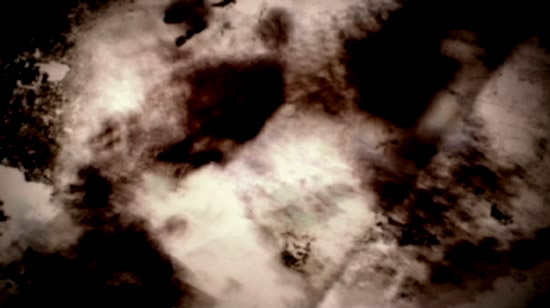|
|
|
|
MEMORIA In their performance series MEMORIA, SpringerParker turn photogram images into an optical and acoustic experience, incorporating them into a dynamic process of creation and disappearance, of superimposition and inter-penetration. By way of reference to and development of the original technique, SpringerParker now call these images "videogenic drawings". They begin with image material on semi-transparent paper, which is mostly produced on location as photographs or rubbings. These are placed on two glass tables that are illuminated from above, while a video camera records the images from below. The resulting pictorial signals are then visually processed using software programmed by the artists and projected live. The acoustic element is then either produced automatically by a computer or done live working with musicians. In this project SpringerParker also draw attention to a paradox that has determined the essence of photography from its very beginnings. Inside the camera obscura, the basic model of today's photo camera, static images were never projected, but rather a sequence of images over time. The invention of photography did nothing to change this principle, but rather only added the chemical fixation of the single camera image. But this fusion led to the one integral feature of all photographs – everything they show is recorded precisely within the time between the beginning and the end of the exposure. A photo recorded by a camera literally shuts out everything that takes place before and after, making the result a section of time that is cut out of the continuum of chronological time. In this sense photographs are different from memory, although they are often seen as a key medium for the memory of our time. Memories are not independent images. From the moment they arise, they are continually compared to new experiences and related to new contexts. Whatever appears to be a momentary image on a photo, because it can be taken in at one glance, has nothing to do with the common experience of a linear and temporal sequence of events that normally determines our perception – where every moment has its past and also leads to a future, and therefore is in a permanent state of transition. Perception is the interplay of the organic recording apparatus of our senses and the psychical evaluation processes of our brain. Memory is not only the beneficiary of this evaluation, but as the root of experience also its prime guiding principle. In this sense MEMORIA can be understood as a poetic pictorial equivalent of memory, but not as its representation or even its explanation. By largely forgoing legible references to real objects, a state of permanent transition is revealed beyond the levels of narrative and association, a state which is without doubt dependent on the parameters of the technical apparatus and the human element inherent to the programming of that apparatus.
The material used was taken on location, inside and around the old water reservoir. 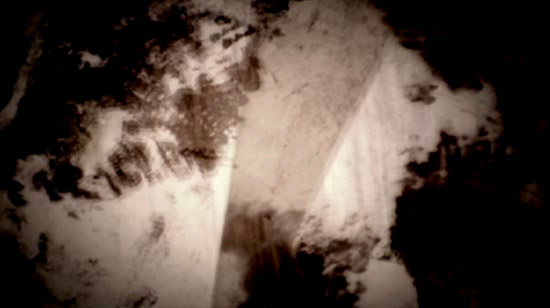 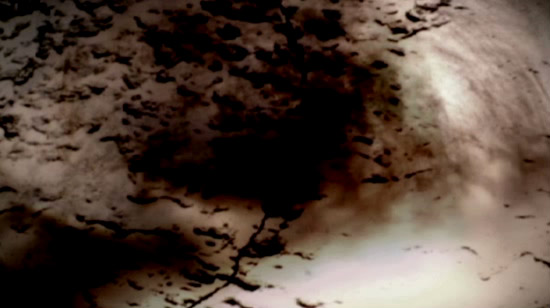 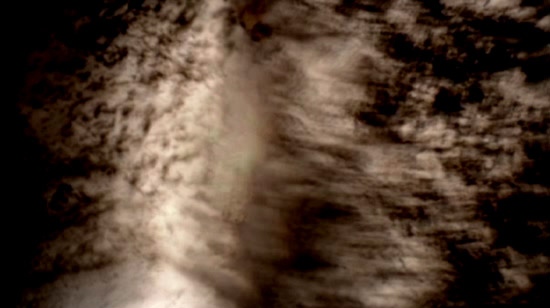 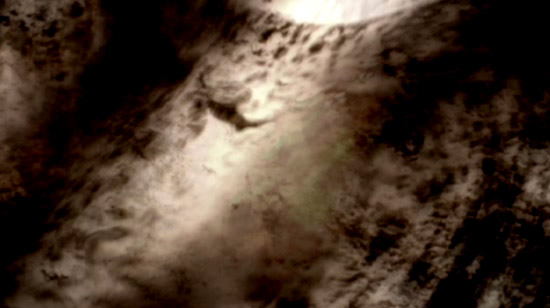 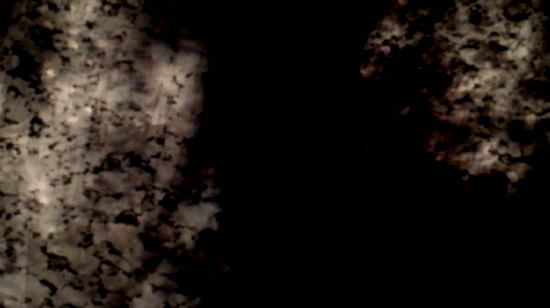 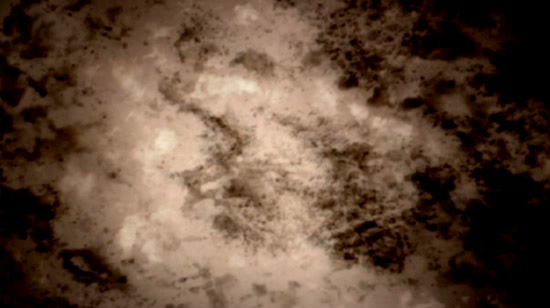 At INTERFACE - Festival for music and related arts "Immersion 4", Berlin 2006 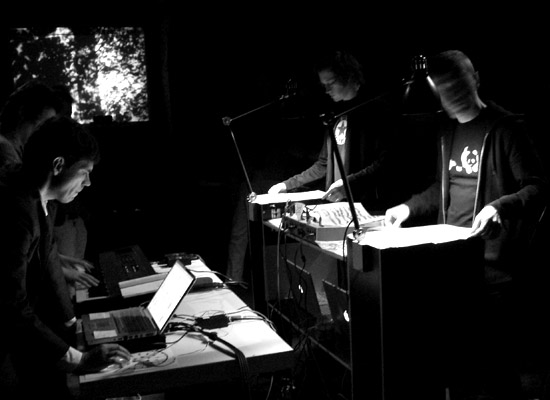 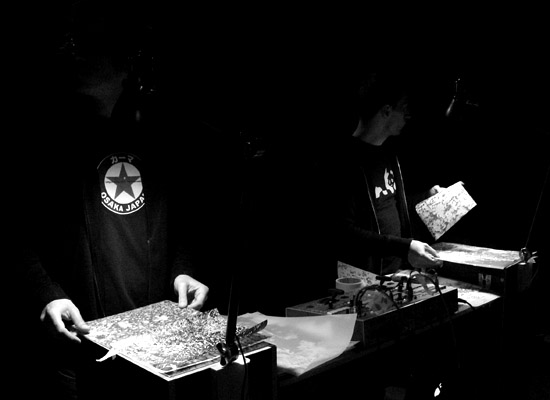 |
